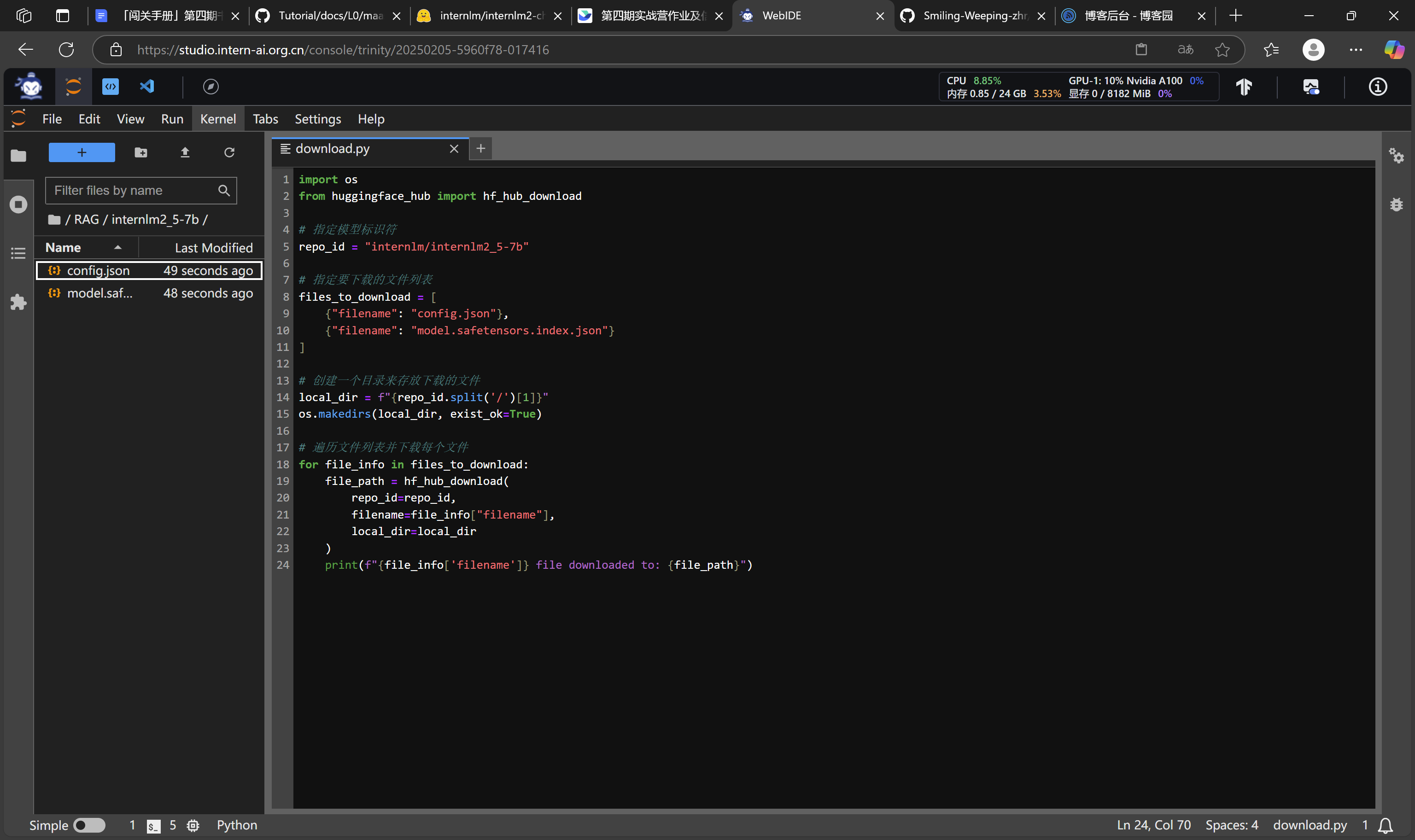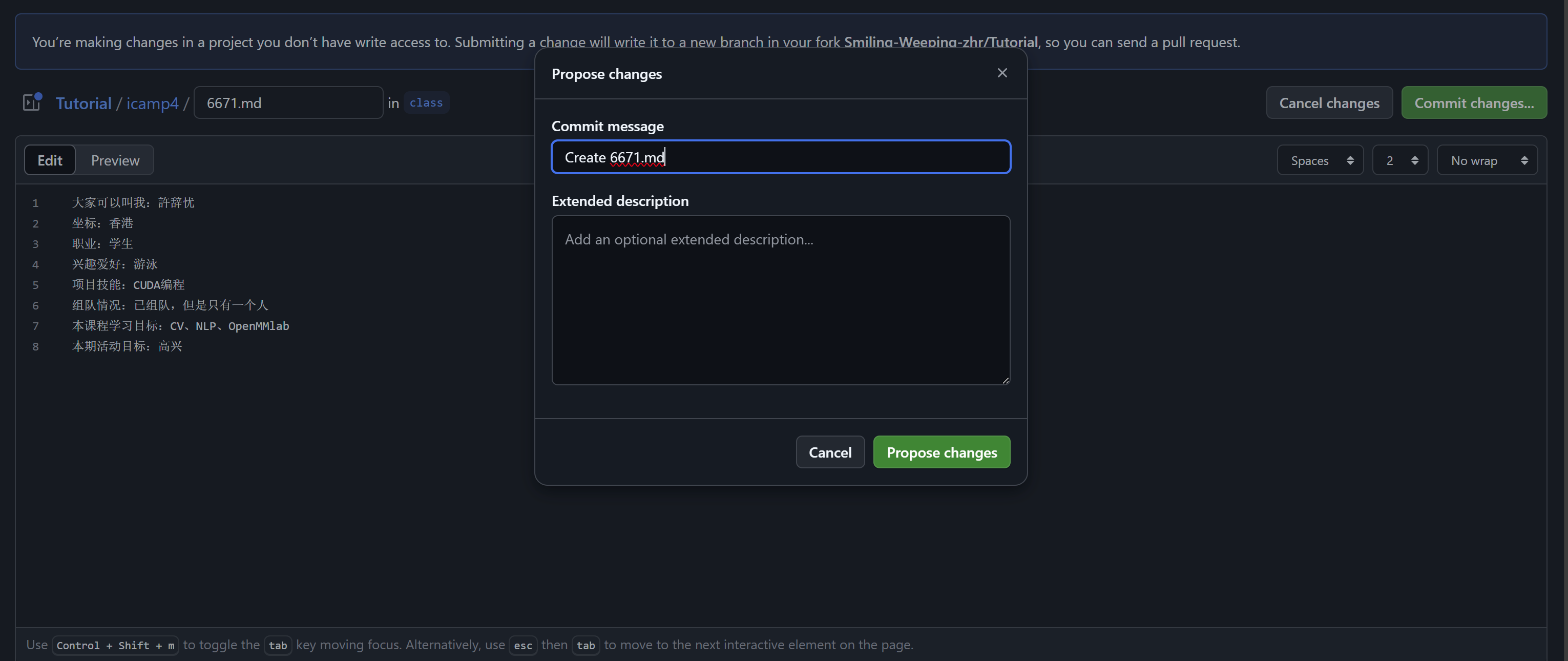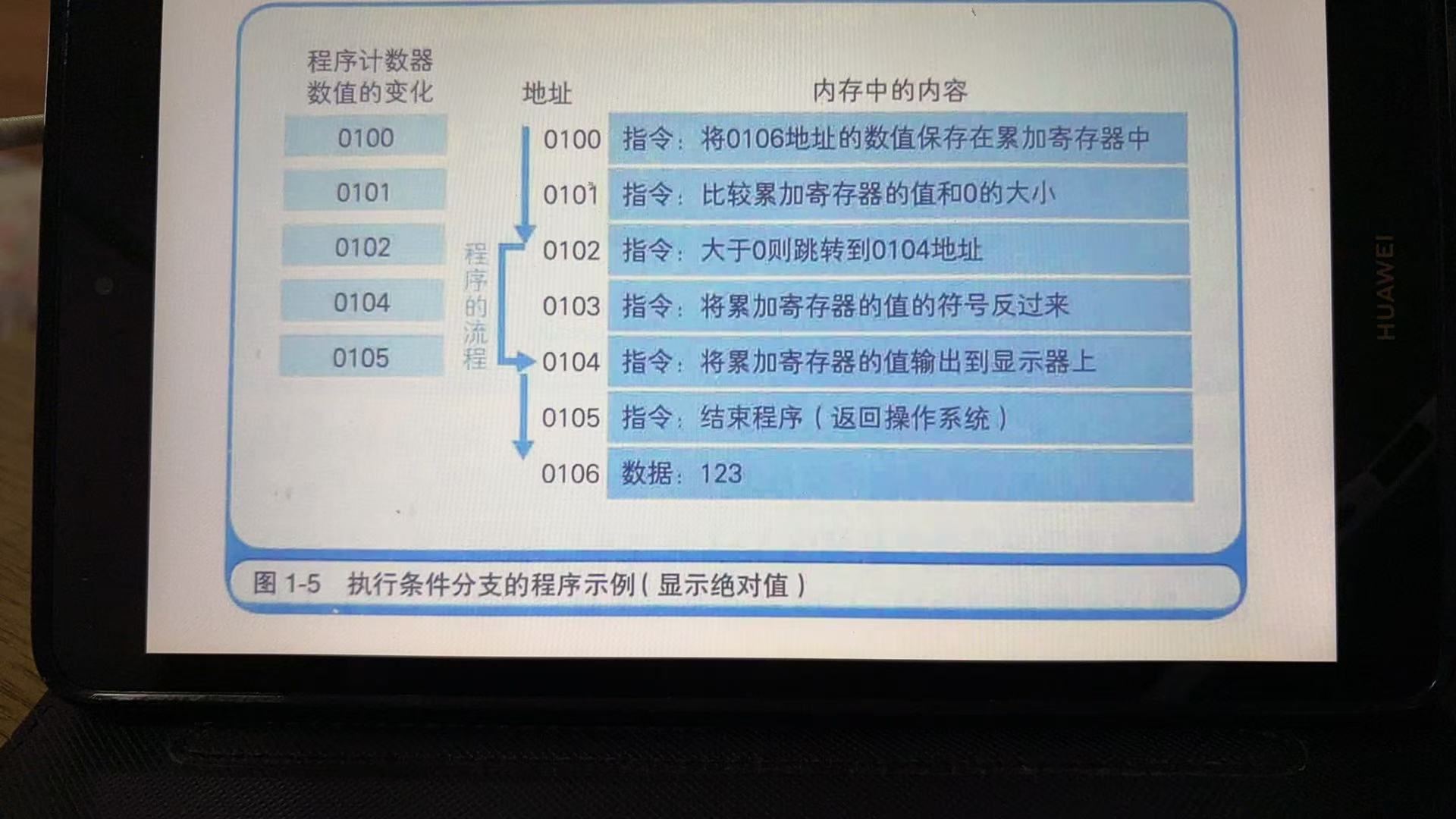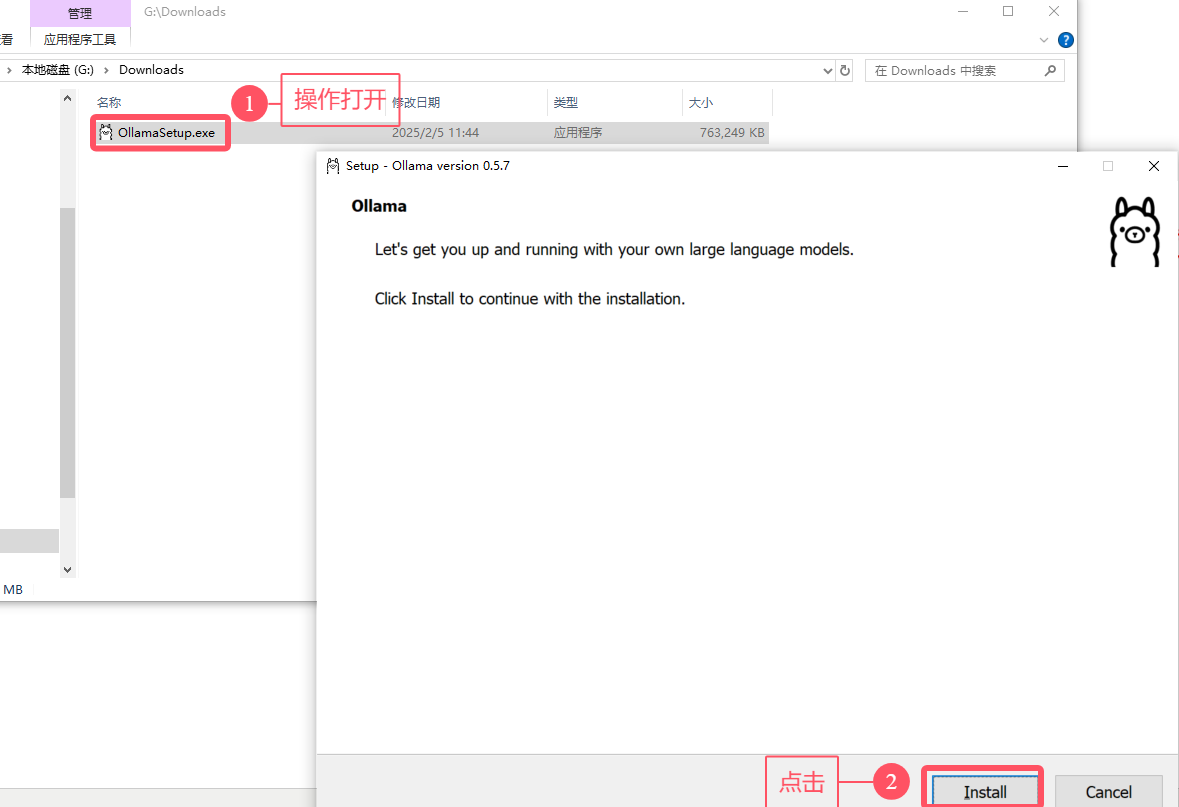printf 和 cout 的区别
在 C++ 编程中,printf 和 cout 都是用于输出数据到控制台的常用方法。它们的功能类似,但在使用方式和实现上有一些重要的区别。本文将对这两者进行详细比较。
1. 基本用法
printf
printf 是 C 语言中最早出现的输出函数,在 C++ 中依然被广泛使用。它属于 C 标准库中的一部分,提供了格式化输出功能。
#include <cstdio> // 需要包含该头文件int main() {int x = 10;printf("The value of x is: %d
", x);return 0;
}
在 printf 中,我们使用格式控制符(如 %d, %s, %f)来指定输出值的类型,并通过逗号传递实际的值。
cout
cout 是 C++ 标准库中的输出流对象,定义在 iostream 头文件中。它支持面向对象的输出方式,采用流插入操作符 << 进行数据的输出。
#include <iostream> // 需要包含该头文件int main() {int x = 10;std::cout << "The value of x is: " << x << std::endl;return 0;
}
cout 输出数据时,不需要指定格式控制符,使用 << 连接输出内容。
2. 格式化输出
printf 的格式化输出
printf 通过格式控制符来进行更细粒度的控制。例如,指定输出的宽度、精度、填充字符等:
#include <cstdio>int main() {float pi = 3.14159;printf("Pi with 2 decimal places: %.2f
", pi);printf("Pi with 10 width: %10.2f
", pi);return 0;
}
printf 的格式控制符允许你精确控制输出格式,这对于在输出中对齐文本、设置小数点后位数等非常有用。
cout 的格式化输出
在 C++ 中,cout 通过流操作符和格式化操控符(如 std::setw, std::fixed, std::setprecision)来进行格式化输出:
#include <iostream>
#include <iomanip> // 需要包含该头文件int main() {float pi = 3.14159;std::cout << "Pi with 2 decimal places: " << std::fixed << std::setprecision(2) << pi << std::endl;std::cout << "Pi with 10 width: " << std::setw(10) << pi << std::endl;return 0;
}
尽管 cout 支持格式化输出,但它的语法通常比 printf 更复杂一些,需要额外的头文件支持。
3. 性能
printf 在 C 语言中经过长时间优化,其性能通常较为优秀,尤其是在需要大量格式化输出时,printf 可以提供更快的速度。
cout 是 C++ 的标准输出流对象,虽然其性能较 printf 稍慢,但它的性能在绝大多数应用场景中已经足够。
4. 类型安全
printf 的类型安全问题
printf 不会对格式控制符和传入的实际参数类型进行严格检查,这可能导致类型不匹配的错误。例如:
#include <cstdio>int main() {int x = 10;printf("The value of x is: %f
", x); // 错误,应该用 %dreturn 0;
}
这种类型不匹配的错误可能在编译时无法被发现,导致运行时错误。
cout 的类型安全
cout 是类型安全的,编译器会在编译阶段检查流插入操作符两侧的数据类型。因此,在使用 cout 时,类型不匹配的错误通常会在编译时就被发现。
#include <iostream>int main() {int x = 10;std::cout << "The value of x is: " << x << std::endl; // 正确// std::cout << "The value of x is: " << "Hello" << std::endl; // 错误,类型不匹配return 0;
}
5. 可读性和易用性
printf 的可读性
printf 由于依赖格式控制符,输出的可读性不如 cout,尤其当输出内容复杂时,格式控制符会增加代码的复杂性。
cout 的可读性
cout 的可读性较高,特别是在进行多个数据输出时,流操作符 << 使得代码显得更加直观和清晰。
总结
| 特性 | printf |
cout |
|---|---|---|
| 格式化输出 | 需要使用格式控制符 | 使用流插入操作符 |
| 类型安全 | 类型检查不严格 | 严格的类型检查 |
| 性能 | 更高的性能,适合大量输出 | 性能稍差,但足够用 |
| 可读性 | 较低,特别是复杂输出时 | 较高,流插入更直观 |










